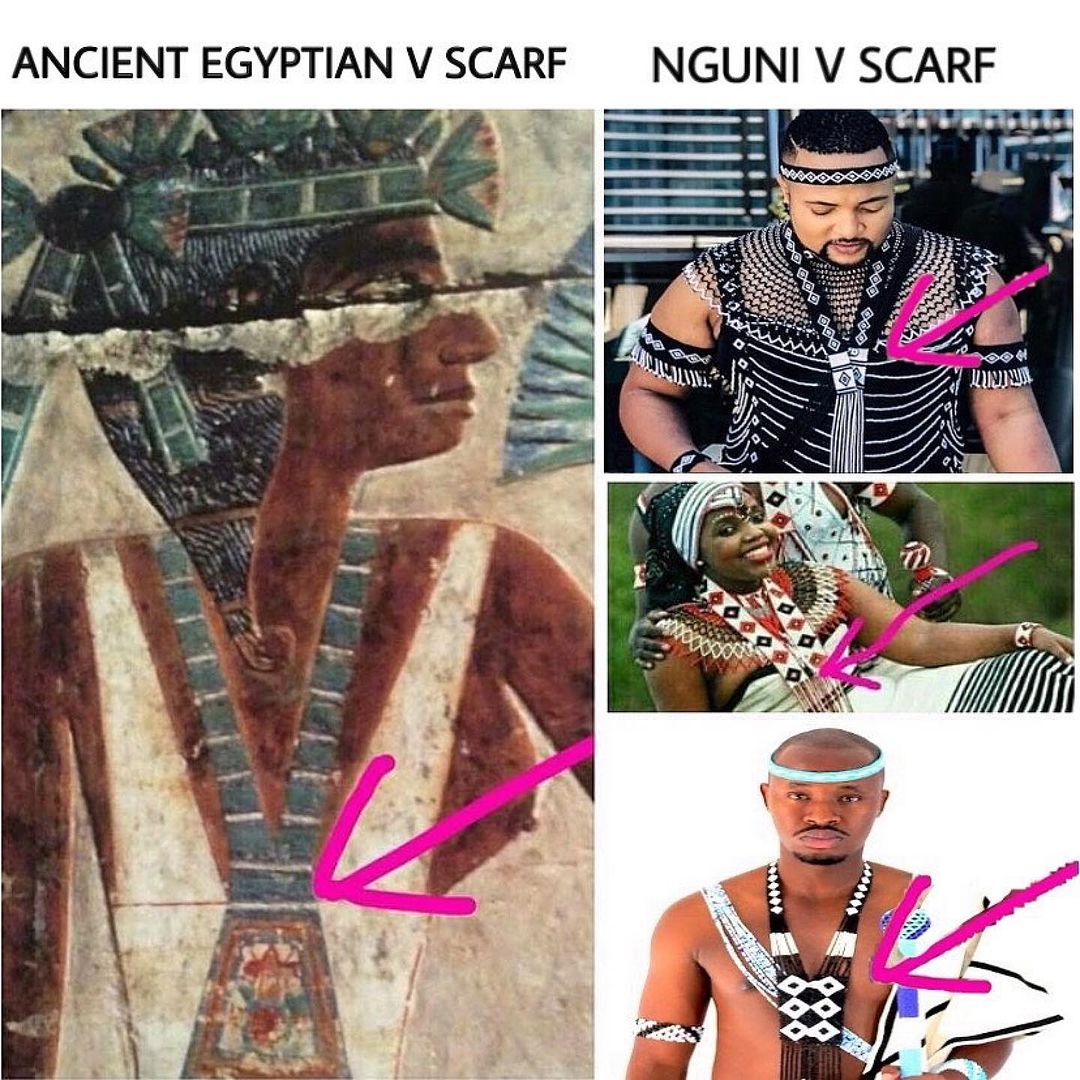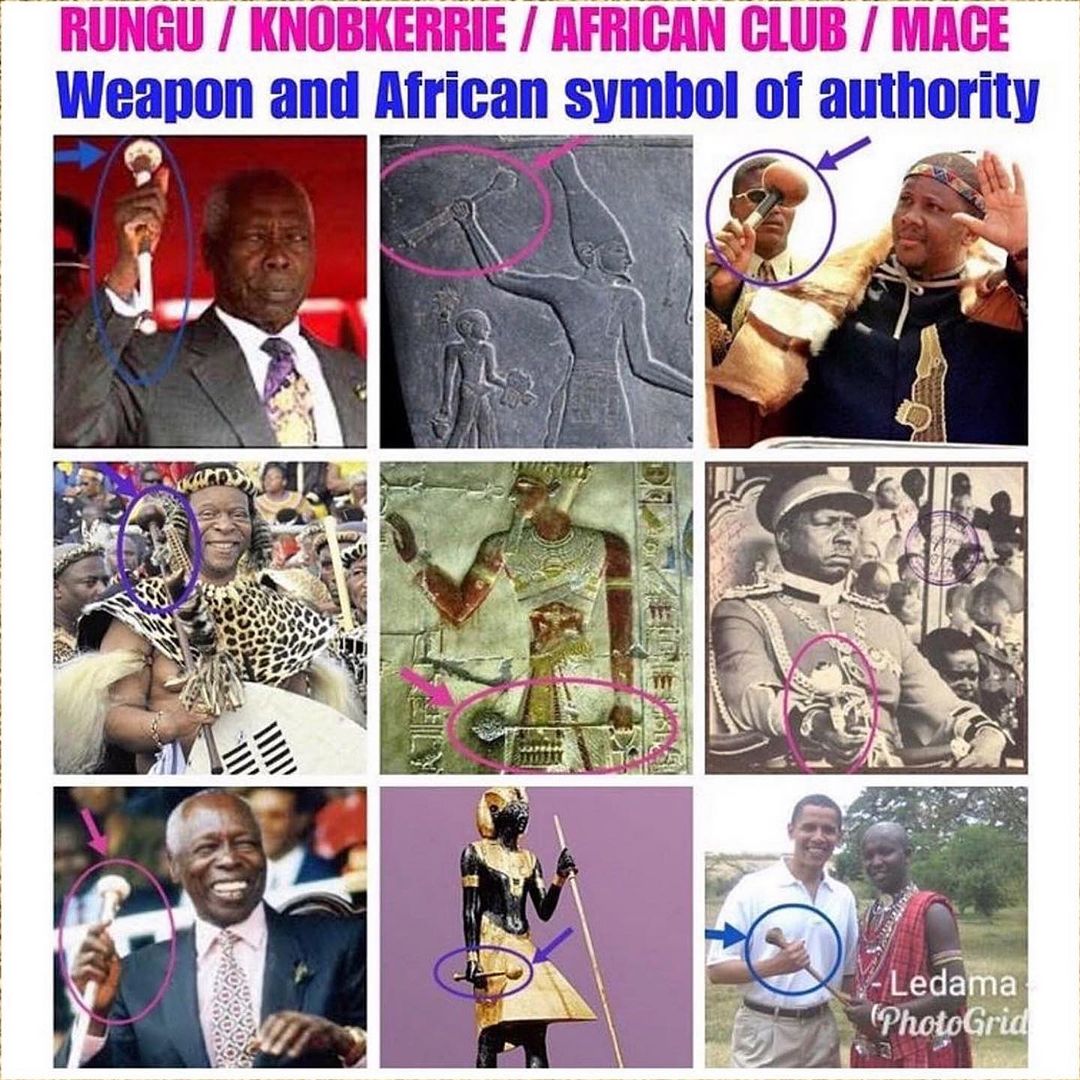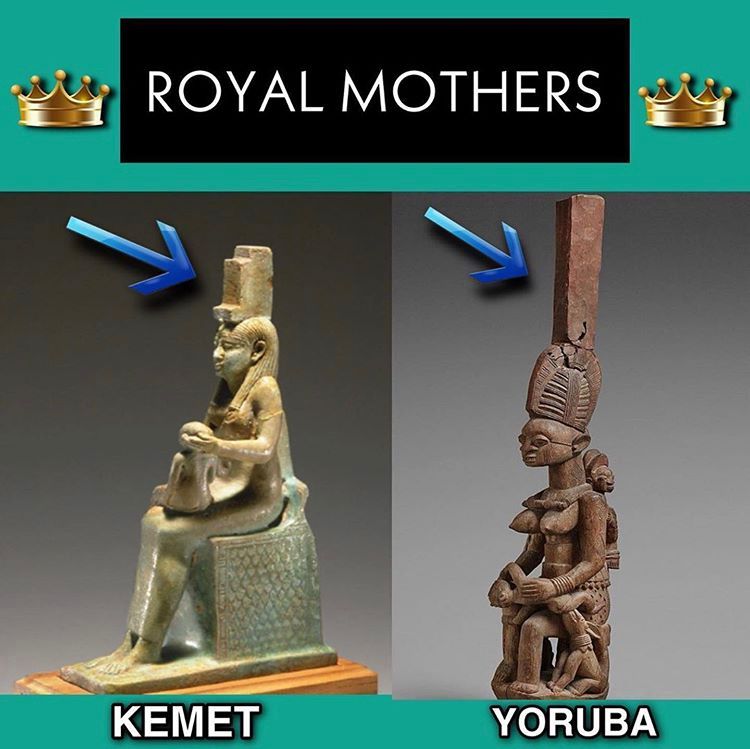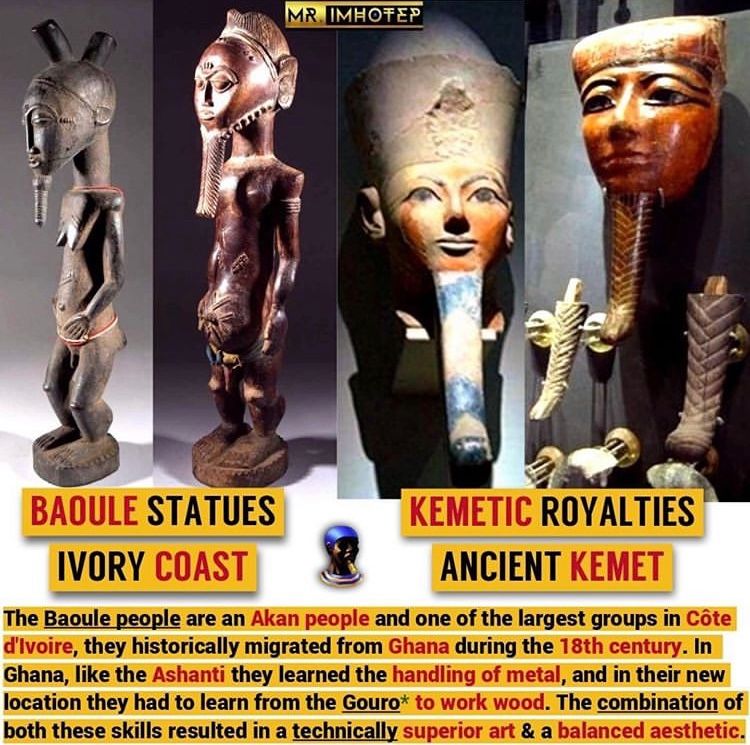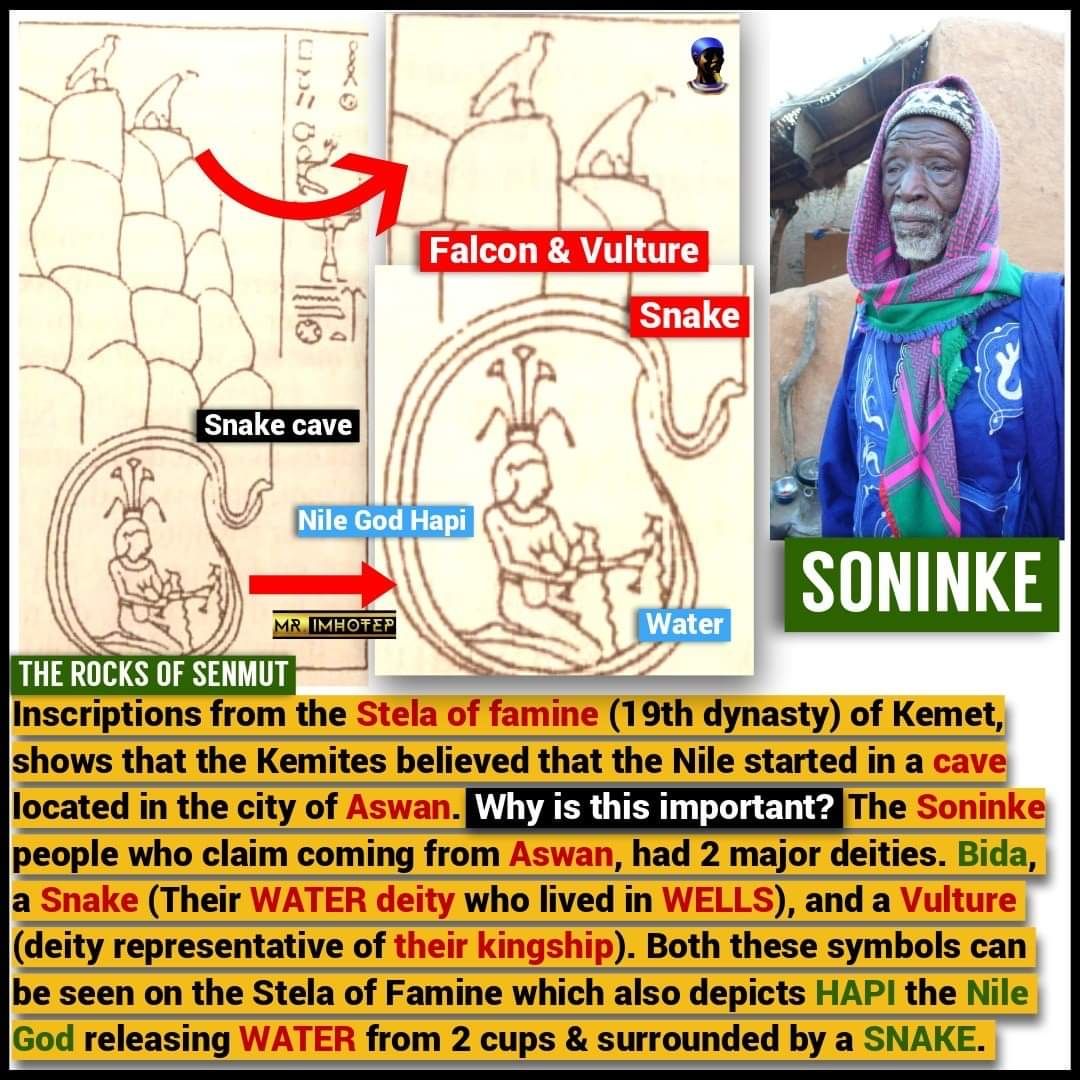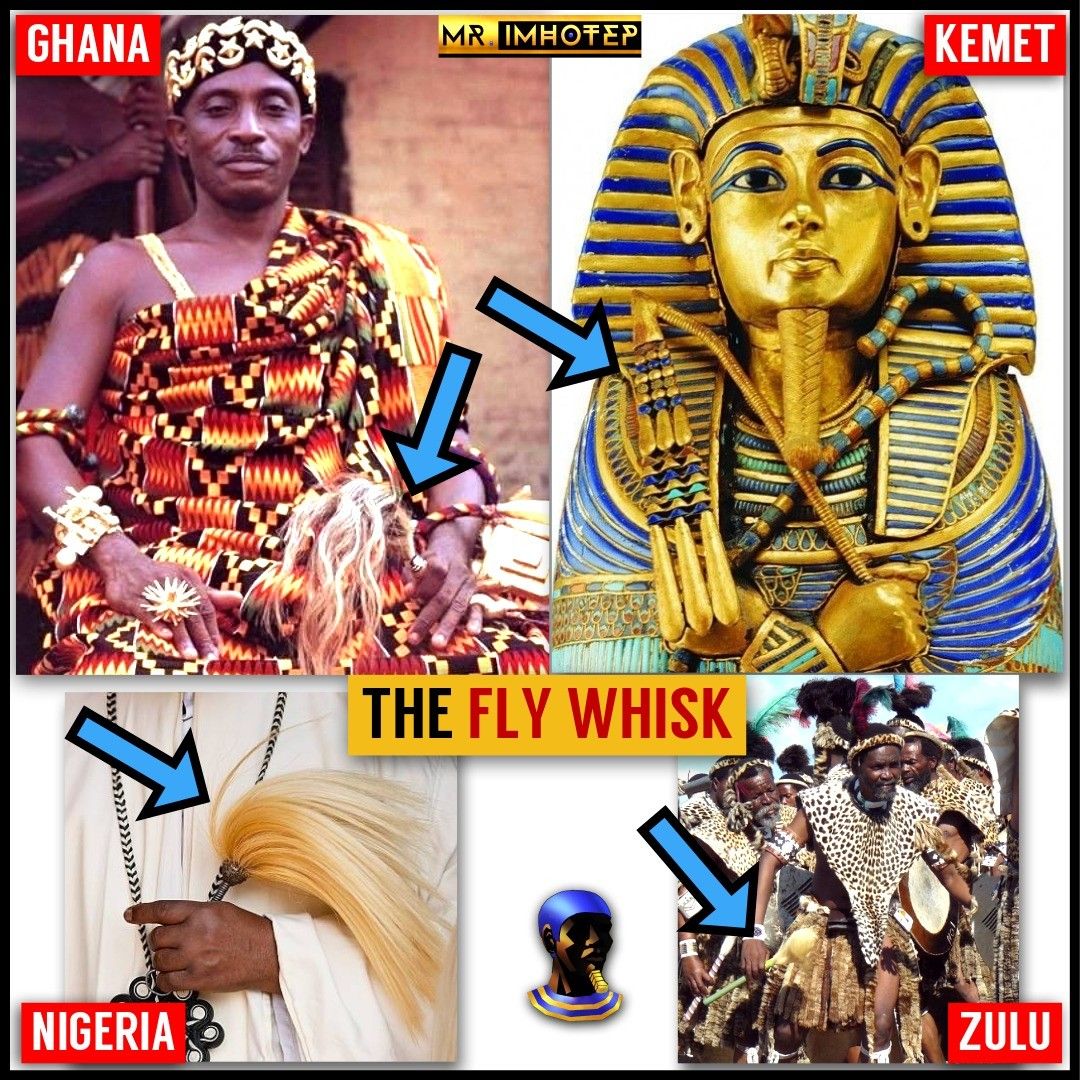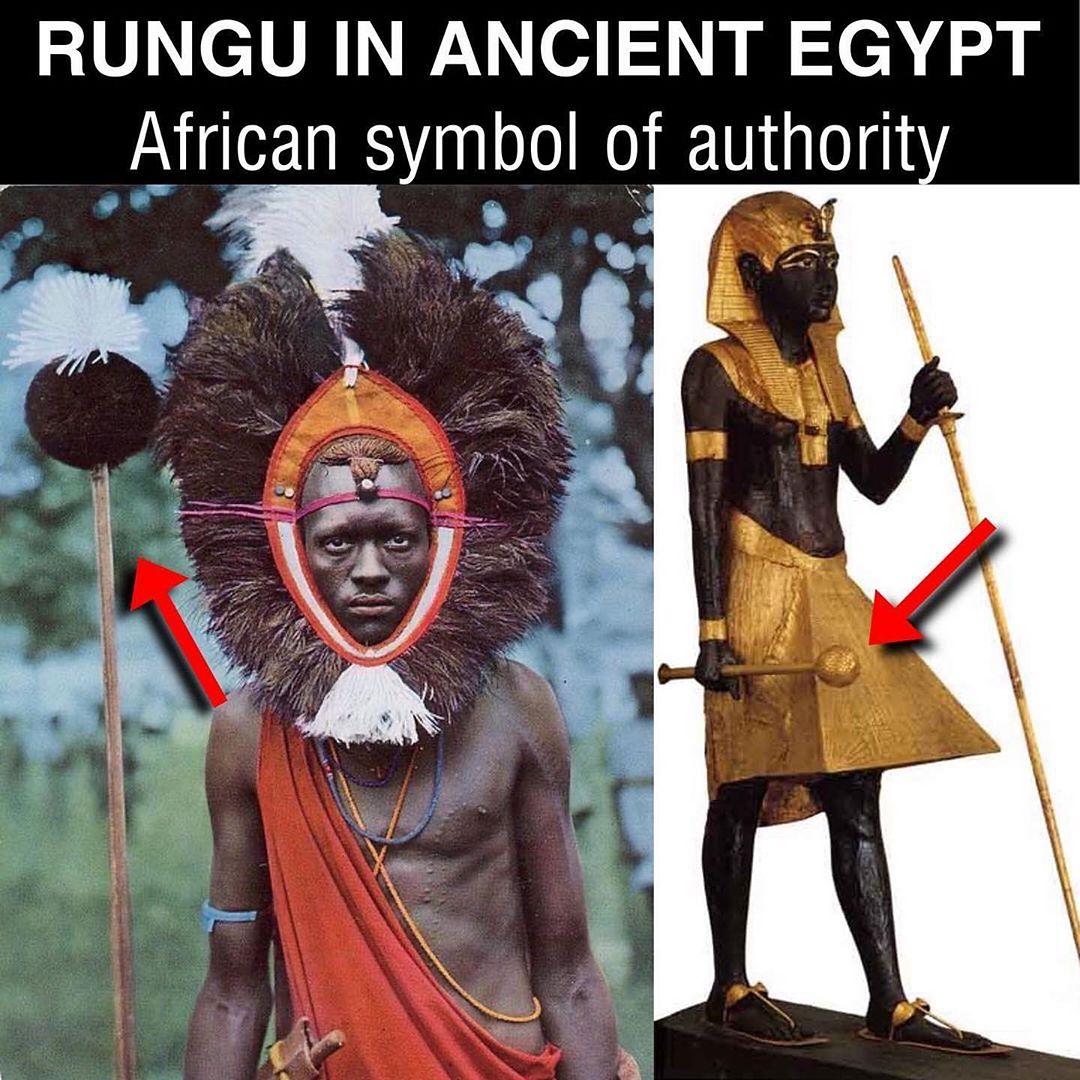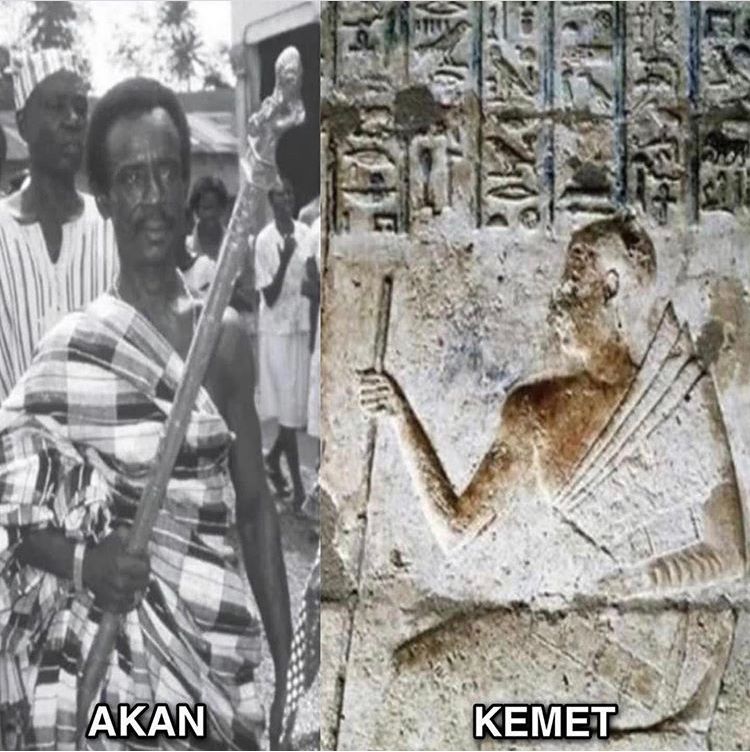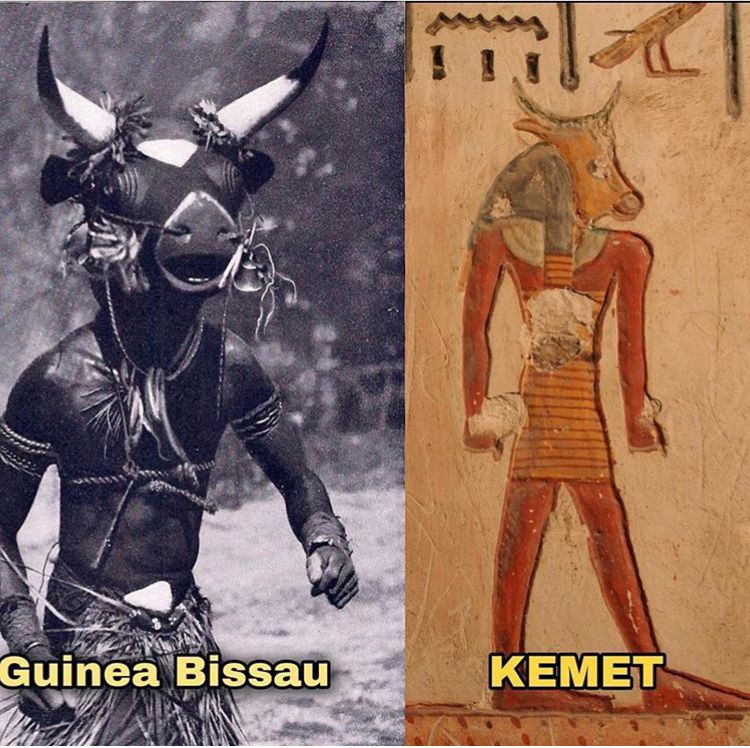You are using an out of date browser. It may not display this or other websites correctly.
You should upgrade or use an alternative browser.
You should upgrade or use an alternative browser.
YES!!!! Nubia-Kemet (aka Egypt) Is Where We ("Niger-Congo"-Bantus) Came From..Own It
- Thread starter Asante
- Start date
More options
Who Replied?K.O.N.Y
Superstar
The ancestral legacy of the greatness that occurred during the unity of our now splintered people. Prior to that we can get into Atlantis, but y'all ain't ready for that conservation.

come on breh
come on breh
Yeah the Cacs just named an entire ocean after a place that never exited.

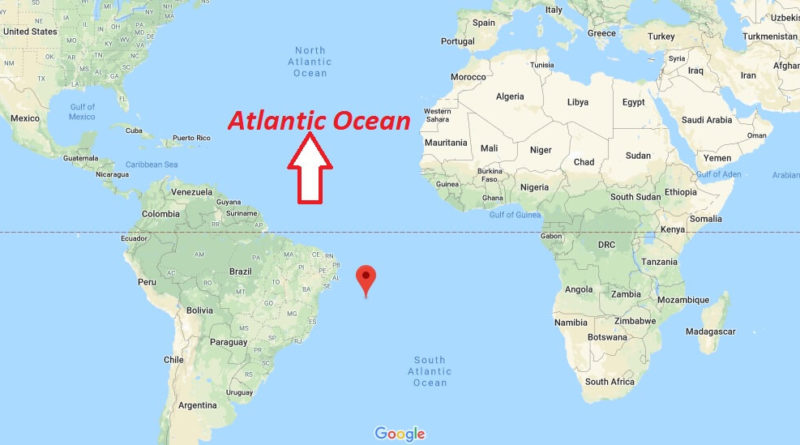
Listen to brother Bobby and learn young man
Last edited:
Yeah the Cacs just named an entire ocean after a place that exited.

Listen to brother Bobby and learn young man
Brother Bobby!!!
Brother Bobby!!!
Man tell that nikka!
The Wall Is Undefeated!
Superstar
That tin foil hat won't help you get a job!
NoirDynosaur
Yurrrrrrrrrr
Asante delivered in this thread. Some findings are questionable but other than that, great information.
Australoids, Dravidians and South Asian Mongoloids (Pacific Islanders) have a lot of Denisovan DNA. Let's learn shall we
Link (Two sources of archaic Denisovan ancestry in East Asia, one possibly after the isolation of Native Americans | Indo-European.eu)
We also have findings that the Bantu languages of Kiswahili (East Africa and some parts of Congo) and Lingala (Congo Brazza, Congo Kinshasa, N.Angola) are related to the Medu Neter. Just like many Afrikan languages predicted by Dr. Diop (RIP)
What most people forget is that the Nile River Valley was a focal point of various ethnicities cooperating before the infamous invasion of the Caucasoids (Greeks, Romans, Persians, etc). Not just Kemet but also Nubia ("Sudan"). After that, numerous groups scattered. Some sailed to the coast in TZ.
My family is from Liberia, a lot of people who migrated originally come from Western Sudan. Some come from Central Africa like the Bassa and Ngola.
http://www.liberiapastandpresent.org/Peppercoastbefore1822.htm
My ethnicity is mixed. Half Grebo half Vai. Still Black, Afrikan and proud.
However, Ancient South Africa is older than both the Nile River Valley and Sudanic Empires!
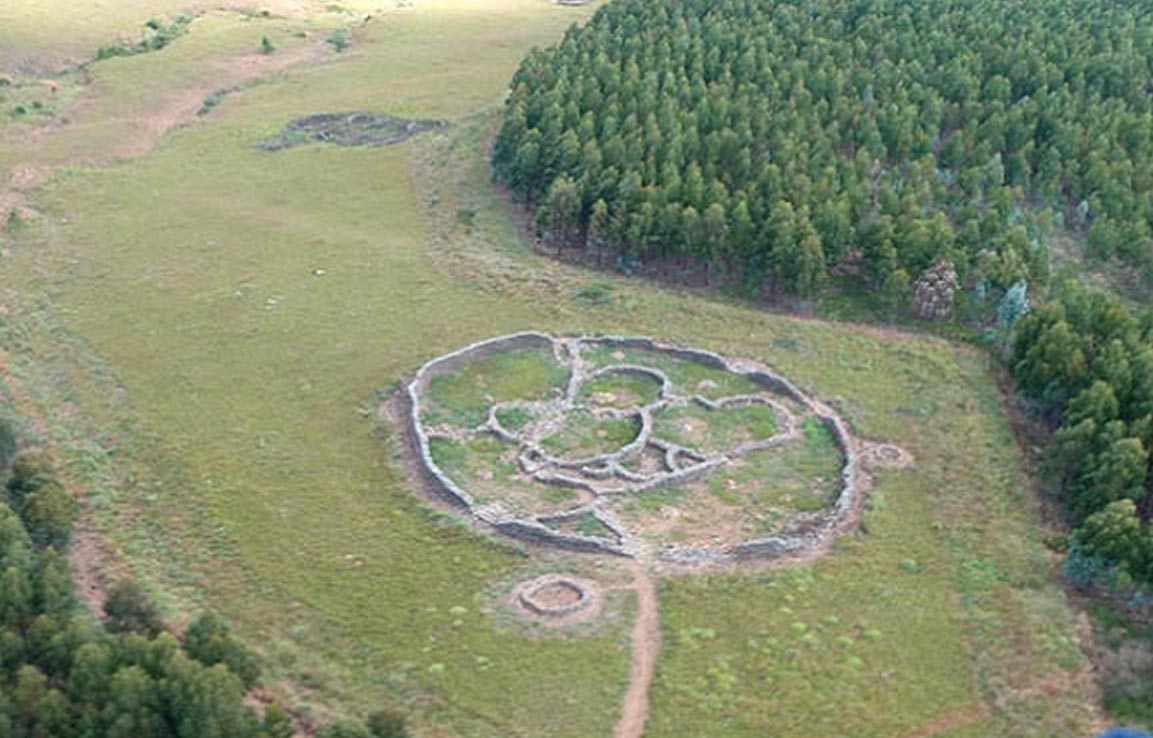
It's estimated that this great piece of architecture was created over 100,000 yrs old! I couldn't believe it either but yeah, our people was putting in the work.
Link (PICS: Scientists uncover humanoid fossils in Mpumalanga)
Australoids, Dravidians and South Asian Mongoloids (Pacific Islanders) have a lot of Denisovan DNA. Let's learn shall we
Open access paper Analysis of Human Sequence Data Reveals Two Pulses of Archaic Denisovan Admixture, by Sharon L. Browning, Brian L. Browning, Zhou, Tucci, & Akey, Cell (2018).
Summary:
Anatomically modern humans interbred with Neanderthals and with a related archaic population known as Denisovans. Genomes of several Neanderthals and one Denisovan have been sequenced, and these reference genomes have been used to detect introgressed genetic material in present-day human genomes. Segments of introgression also can be detected without use of reference genomes, and doing so can be advantageous for finding introgressed segments that are less closely related to the sequenced archaic genomes. We apply a new reference-free method for detecting archaic introgression to 5,639 whole-genome sequences from Eurasia and Oceania. We find Denisovan ancestry in populations from East and South Asia and Papuans. Denisovan ancestry comprises two components with differing similarity to the sequenced Altai Denisovan individual. This indicates that at least two distinct instances of Denisovan admixture into modern humans occurred, involving Denisovan populations that had different levels of relatedness to the sequenced Altai Denisovan.

Mean detected archaic sequence per individual (Mb)
The discussion on the potential implication of the paper
Link (Two sources of archaic Denisovan ancestry in East Asia, one possibly after the isolation of Native Americans | Indo-European.eu)
We also have findings that the Bantu languages of Kiswahili (East Africa and some parts of Congo) and Lingala (Congo Brazza, Congo Kinshasa, N.Angola) are related to the Medu Neter. Just like many Afrikan languages predicted by Dr. Diop (RIP)
What most people forget is that the Nile River Valley was a focal point of various ethnicities cooperating before the infamous invasion of the Caucasoids (Greeks, Romans, Persians, etc). Not just Kemet but also Nubia ("Sudan"). After that, numerous groups scattered. Some sailed to the coast in TZ.
My family is from Liberia, a lot of people who migrated originally come from Western Sudan. Some come from Central Africa like the Bassa and Ngola.
The early inhabitants
According to the traditions of many African tribes their ancestors were Pygmies, or persons of small size, and memories of them still live on in numerous stories and legends. Although no trace of their existence was ever discovered in West Africa they are well-known to the peoples of this subregion. The Sousou in what is now Guinea call them ‘Doki’, the Ouolofs in Senegal call them ‘Kondrong’, the Malinke ‘Komo Koudoumi’ while in Liberia they are called ‘Jinna’.
The first inhabitants of the region which is now known as Liberia may have been of small size too. No recorded history can prove their existence, but they still play an important role in the oral history and the religious life of some of Liberia's tribes. When the Golas, who are supposed to be the oldest of the Liberian tribes, travelled from the interior of Central Africa to this West African region they reportedly met these small-sized peoples, who were bushmen and who ‘dwelt in caves and the hollows of large trees, and lived on fruits and roots of wild trees’, according to Liberian historian Abayomi Karnga.
A second group of peoples is reported to have arrived in the region about 6.000 B.C. Though their origin is not very clear they most likely came from the Western Sudan. These newly arrived people defeated the Golas and other tribes such as the Kissi, and established an empire under the leadership of King Kumba, after whom they were called. The Kumbas comprised distinct groups which developed into different tribes after the death of their leader; the Kpelle, the Loma, the Gbande, the Mende, and the Mano, all belonging to the same linguistic group. They were chiefly agriculturalists but also developed arts such as pottery, weaving, and basket making. Their blacksmiths were able to make spears, arrow-heads, hoes, knives, rings and iron rods. These iron rods were used as a medium of exchange.

Kissi money
The third group of peoples who arrived and settled in the region which is now known as Liberia migrated to this part of West Africa quite recently. They were the Kru, Bassa, Dei, Mamba, and Grebo tribes. They came from what is now the Republic of Ivory Coast. Population pressure - due to the mass emigration of tribes from the Western Sudan where the mediaeval empires had declined after their conquest by the Moroccan army - had resulted in tribal wars. The Kru arrived in the early sixteenth century. They came by sea, as did - later - a part of the Grebo. Those Grebos who took the sea-route were later called ‘seaside Grebos’ in order to distinguish them from their kinsmen who decided to travel by land, the safer way. Those who braved the dangerous waves still feel superior to these so-called ‘bush-Grebos’. All the peoples of this group belong to the same linguistic group.
The last group of tribes to arrive from ‘over land’ was the Mandingo-group, comprising the Vai and the Mandingo tribes. The Vai also migrated to the West African central region in the 16th century and had probably the same motivation as the tribes of the third group. They crossed the western part of the actual republic of Liberia, clashed with the Gola whom they subsequently defeated, and - later - moved to the coast where they settled. The Vai form the first tribe of this region which was moslem, unlike the tribes previously mentioned which were all animists. It was one of the few tribes of Black Africa who developed its own script.
About the 17th century the Mandingos began to arrive in Liberia. They were moslems too. They too originated from the Western Sudan. They left this region after the Empire of Mali - of which they formed a part - was considerably reduced by the Emperor of Gao, Askia Mohammed, in the 16th century.
http://www.liberiapastandpresent.org/Peppercoastbefore1822.htm
My ethnicity is mixed. Half Grebo half Vai. Still Black, Afrikan and proud.
However, Ancient South Africa is older than both the Nile River Valley and Sudanic Empires!

It's estimated that this great piece of architecture was created over 100,000 yrs old! I couldn't believe it either but yeah, our people was putting in the work.
Link (PICS: Scientists uncover humanoid fossils in Mpumalanga)
NoirDynosaur
Yurrrrrrrrrr
I kinda agree with you, but pertaining to nobody school of thought really, I see it on both sides tbh.
Supposing that we are all black in this thread... Having passionate debates about African history is the shyt.
What I don't get is the impulsive need for insults, slurs, and ad hominem attacks, in what should be a civil and even friendly discourse
No matter how outlandish the claims, or how deep the disagreement, I don't understand why would such hatred form itself in a discussion about Ancient EgyptSomething that shouldn't even be that emotionally heavy on our consciences compared to the rest of our history!
And don't get me wrong, I like the back and forth (even if I don't read most of it) off the strength that steel sharpens steel, and black people challenging each other scientifically is a great thing.
Can we just throw away the anger though? Geez. Maybe I'm soft or disconnected, but it doesn't look like it comes out from a place of love.
I agree. The emotional fallacies always ruins it.

